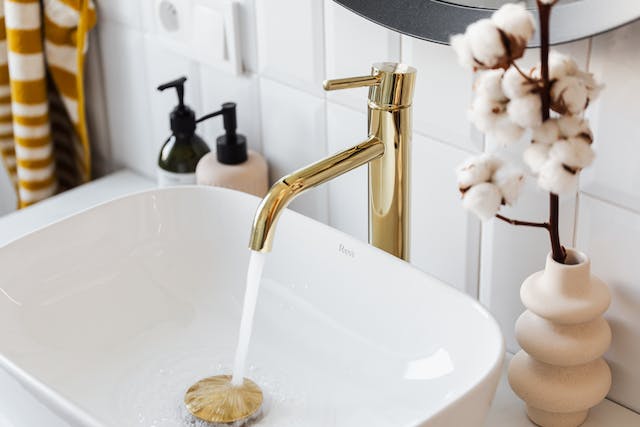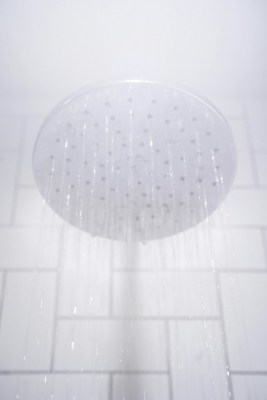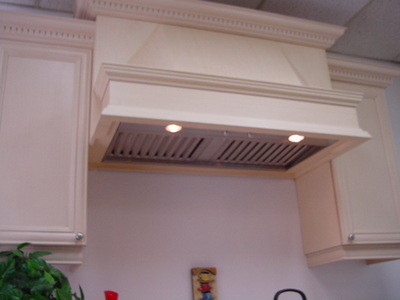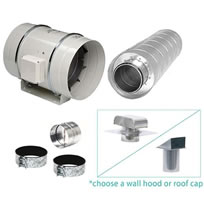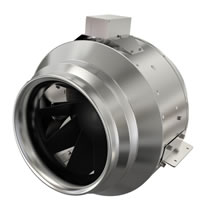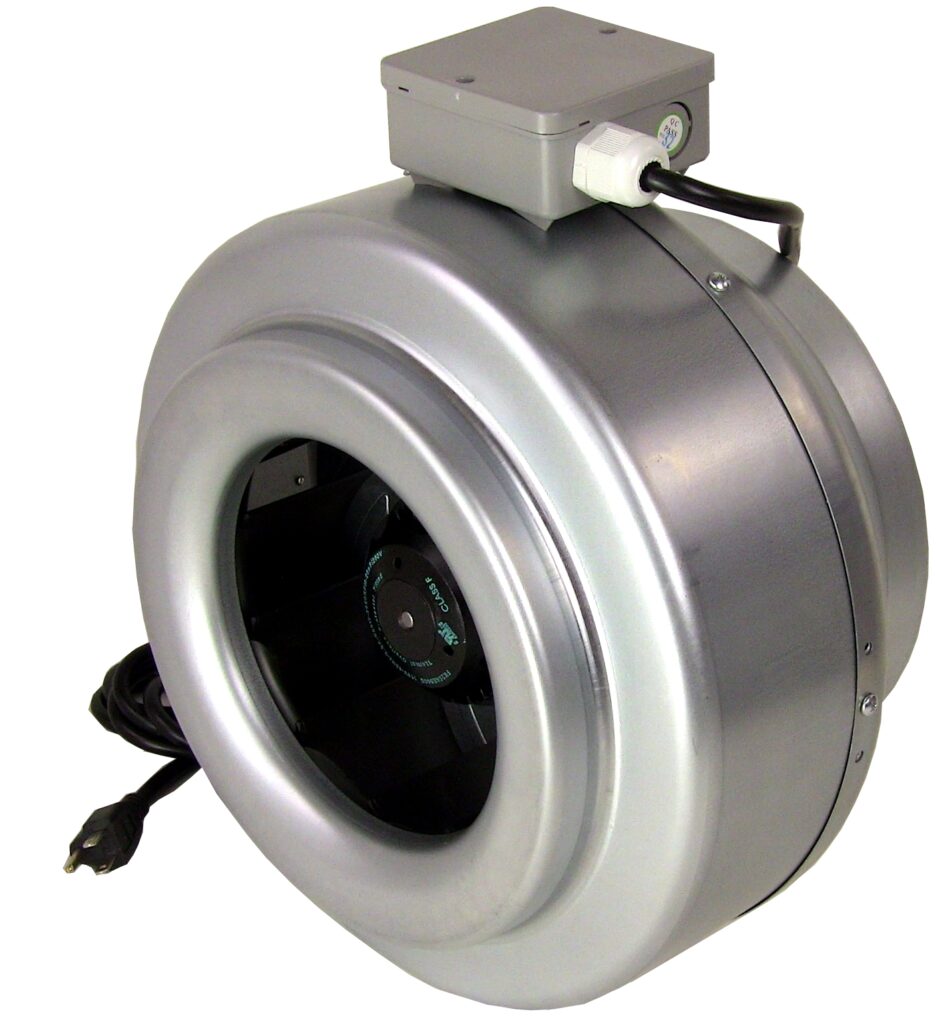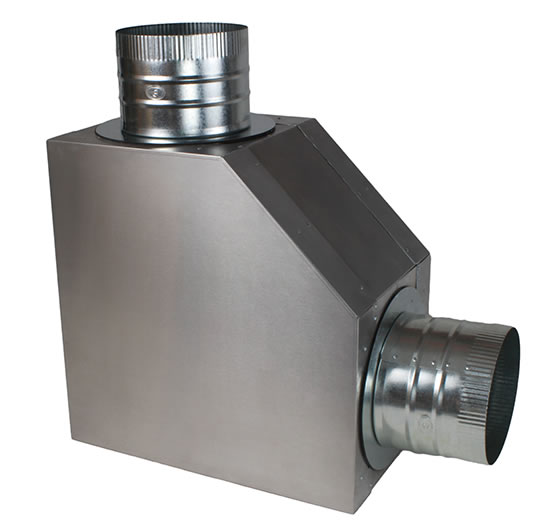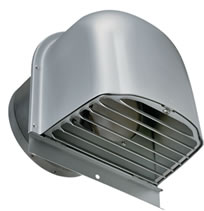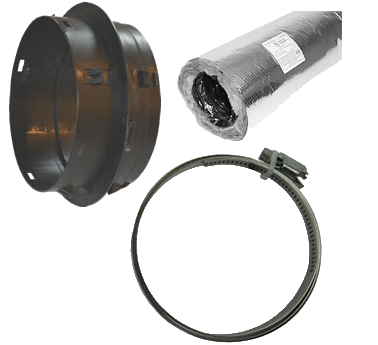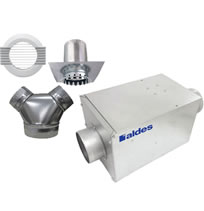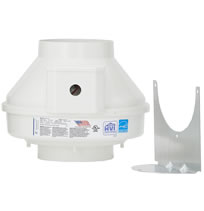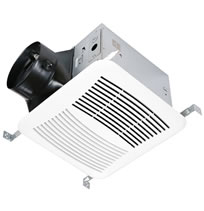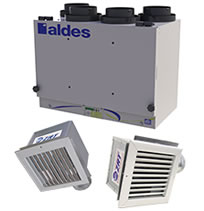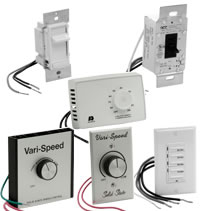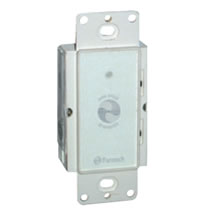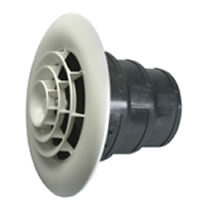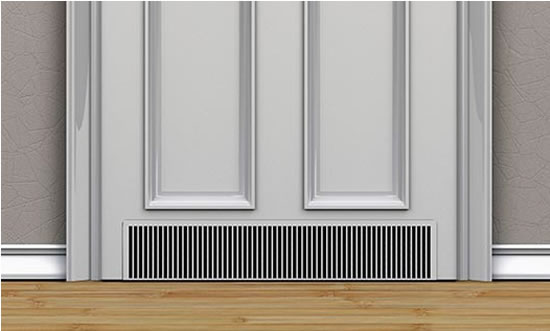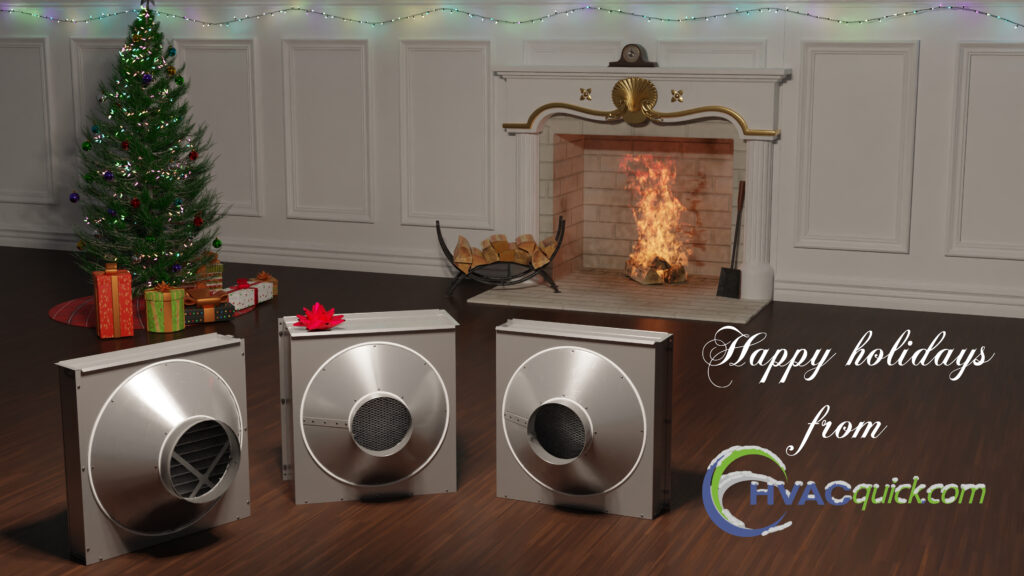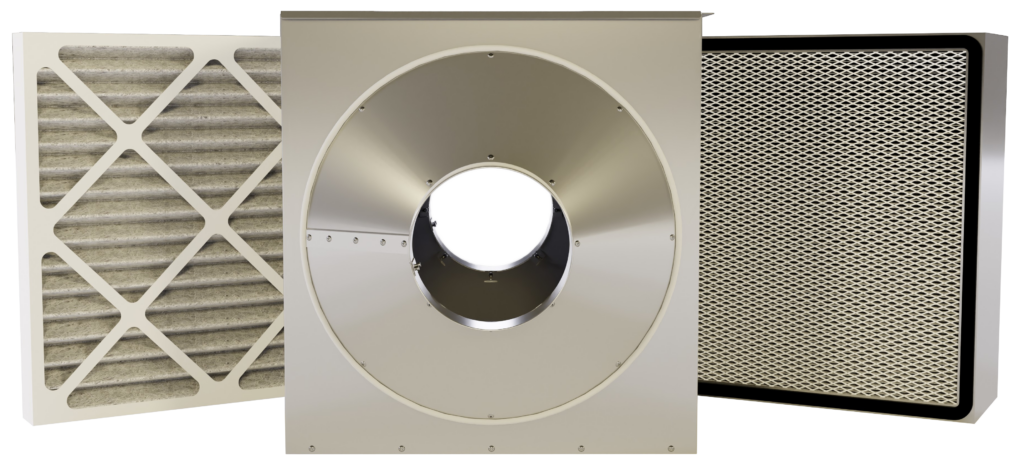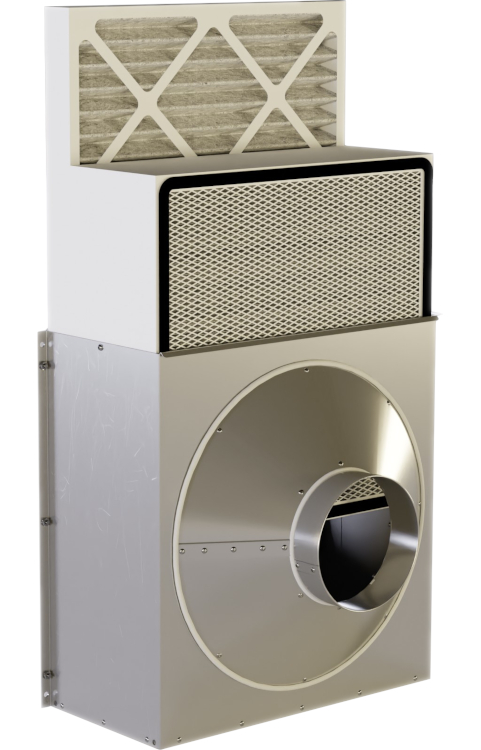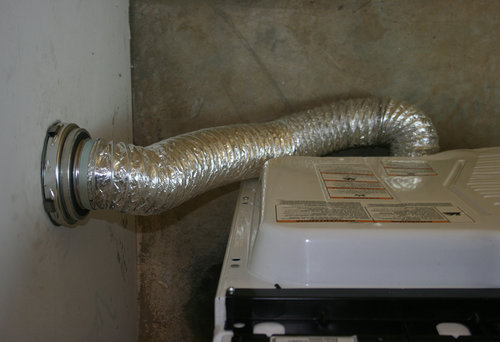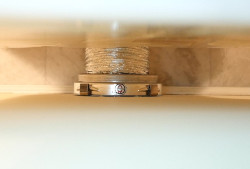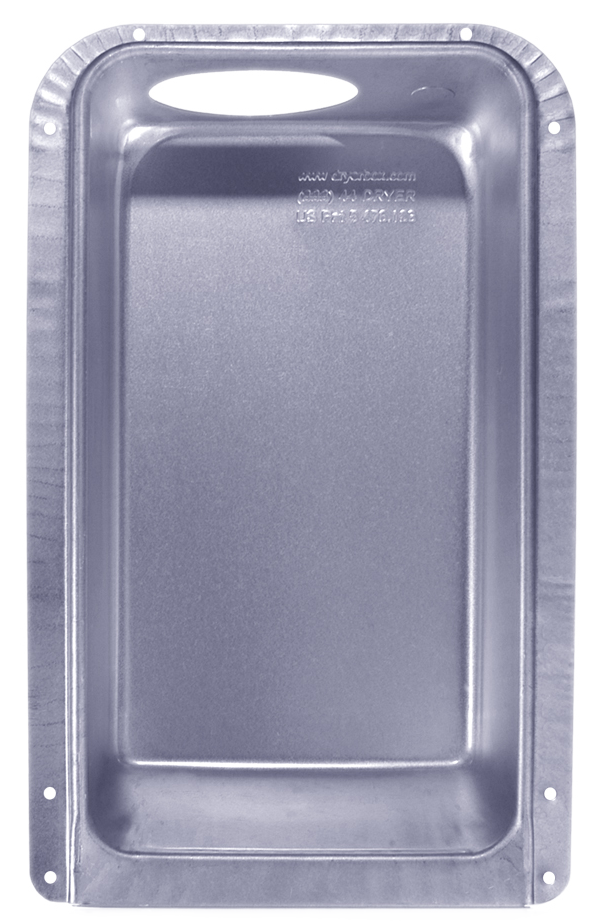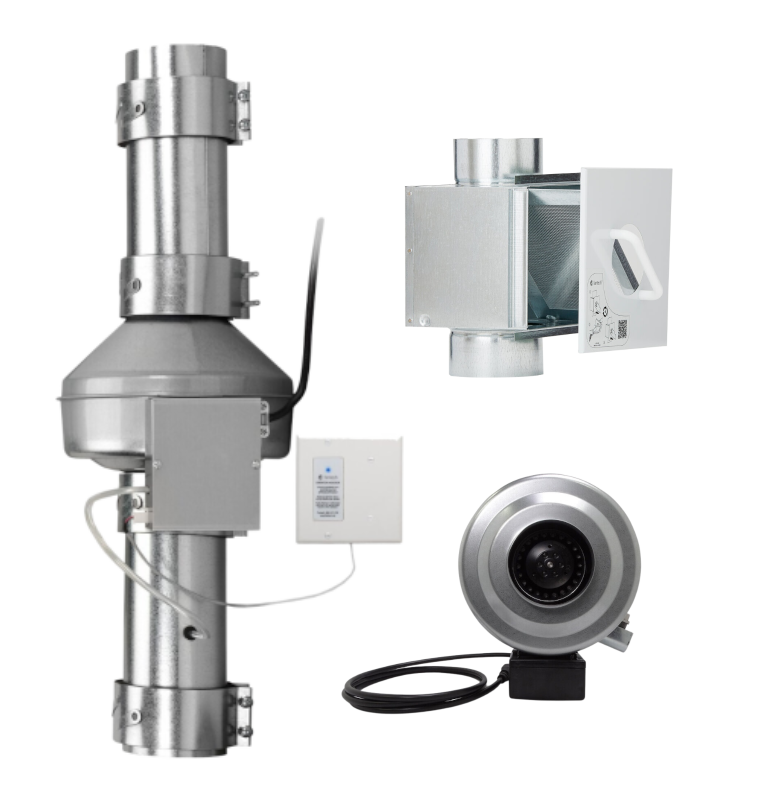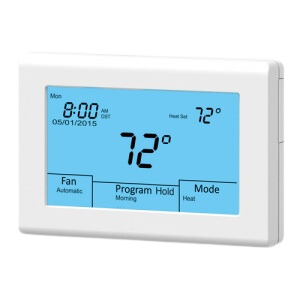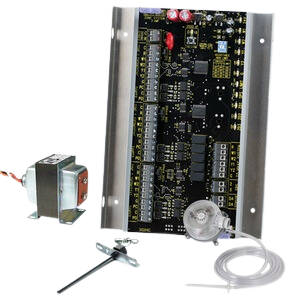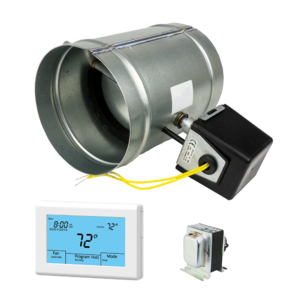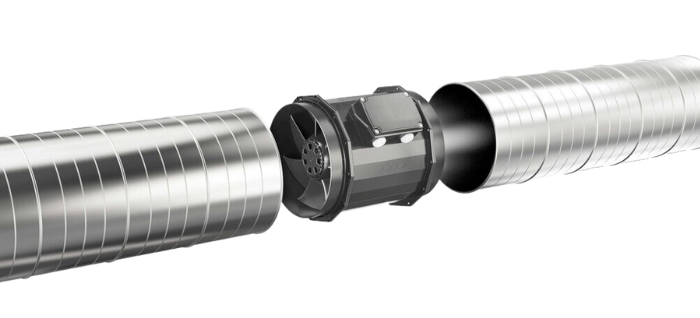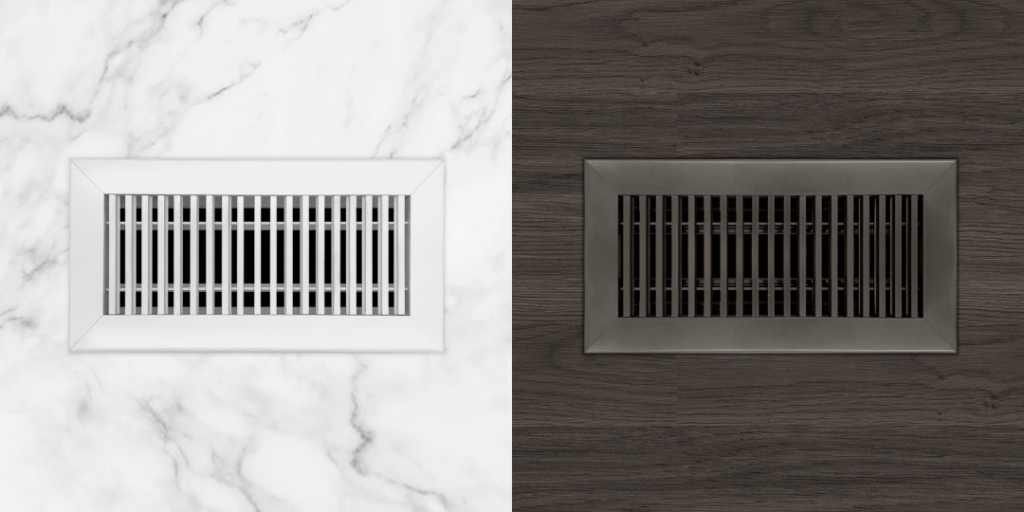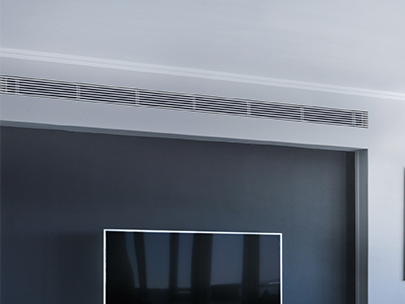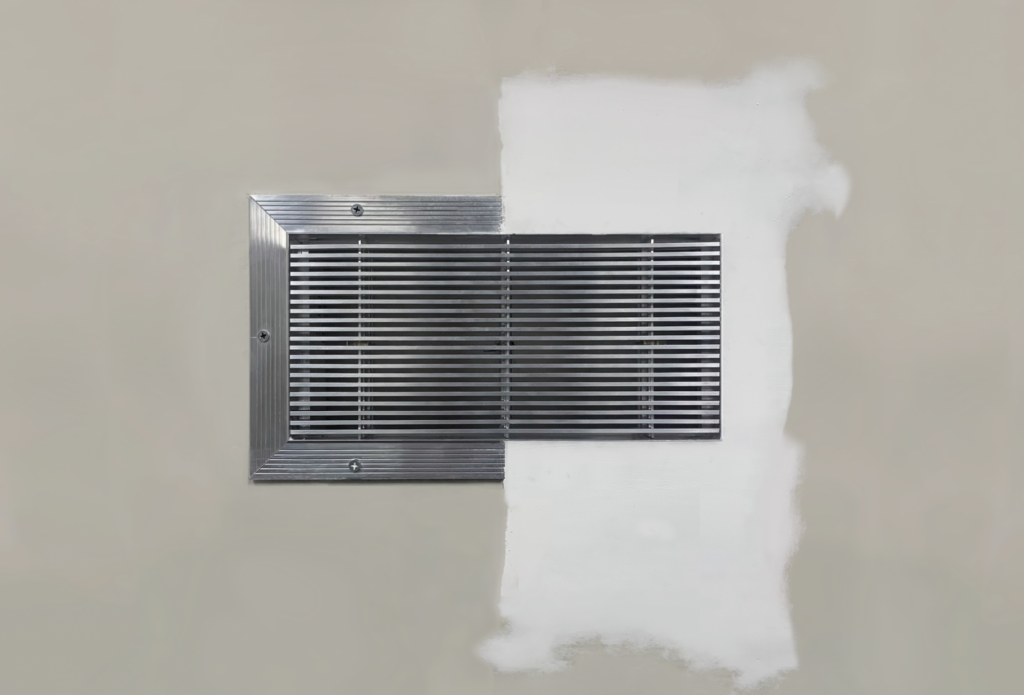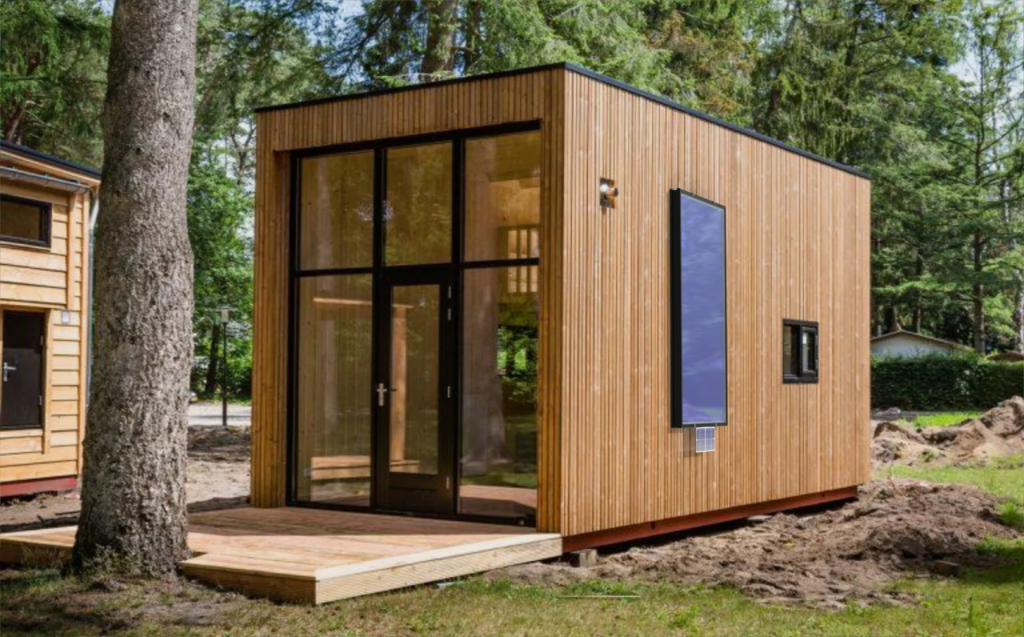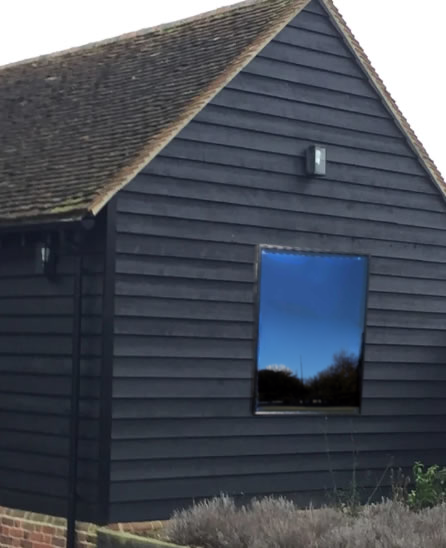Cooking is a joy, but without proper kitchen exhaust, the aftermath of lingering odors and grease can be a challenge. Today, we’ll delve into the components that make up these systems from the exhaust fans down to the duct accessories.
Kitchen Exhaust Kits
For those embarking on a kitchen renovation or setting up a new cooking space, kitchen exhaust kits are a convenient solution. These kits are available in 8, 10, or 12 inch sizes and include a fan, silencer, backdraft damper, mounting clamps, and a discharge cap. Kitchen exhaust kits provide a quick and easy solution for efficient ventilation.
If you’re looking for a more flexible approach to assembling your kitchen exhaust system, opting for individual components might be the way to go.
Kitchen Exhaust Fans
At the heart of every kitchen exhaust system is the exhaust fan. These fans come in various sizes and power capacities, designed to whisk away airborne contaminants produced during cooking. From wall-mounted to ceiling-mounted options, choosing the right exhaust fan is crucial for effective ventilation.
Inline Fans with Metal Housing
Inline fans, encased in durable metal housing, play a crucial role in transporting air through the ductwork. Their compact design makes them ideal for spaces where a traditional exhaust fan may not fit. The metal housing ensures durability and protection against environmental elements.
Range Hood Liners
Enhancing the aesthetics of your kitchen while ensuring efficient ventilation, range hood liners are inserted into custom hoods. These capture grease and direct airflow, contributing to a cleaner kitchen environment.
Silencers and Backdraft Dampers
Kitchen noise bothering you? Silencers can be added to the duct system to reduce sound levels produced by the exhaust fan. Backdraft dampers, on the other hand, prevent outside air from entering the kitchen when the exhaust fan is not in use, maintaining energy efficiency.
Discharge Caps
The discharge cap is the final frontier of the kitchen exhaust system. Positioned at the exterior end of the duct, it prevents rain, pests, and debris from entering while allowing the expelled air to disperse safely.
Duct and Duct Accessories
Ductwork forms the backbone of the exhaust system. Properly designed and installed ducts ensure the efficient flow of air. Duct accessories, such as elbows and connectors, aid in navigating the twists and turns of the kitchen space.
Air Inlets and Fresh Air Kits
Maintaining a balanced airflow is essential. Air inlets and fresh air kits introduce external air into the kitchen, preventing negative pressure and ensuring optimal ventilation performance.
Exhaust Fan Controls
Modern kitchen exhaust systems often come with advanced controls. From simple on/off switches to programmable timers and smart home integration, these controls offer flexibility and energy efficiency.
A well-designed and maintained kitchen exhaust system is the silent guardian of your culinary haven. Whether you’re a home chef or a restaurant owner, understanding the components of these systems ensures a clean, safe, and enjoyable cooking environment. Invest wisely, and let your kitchen breathe freely.

